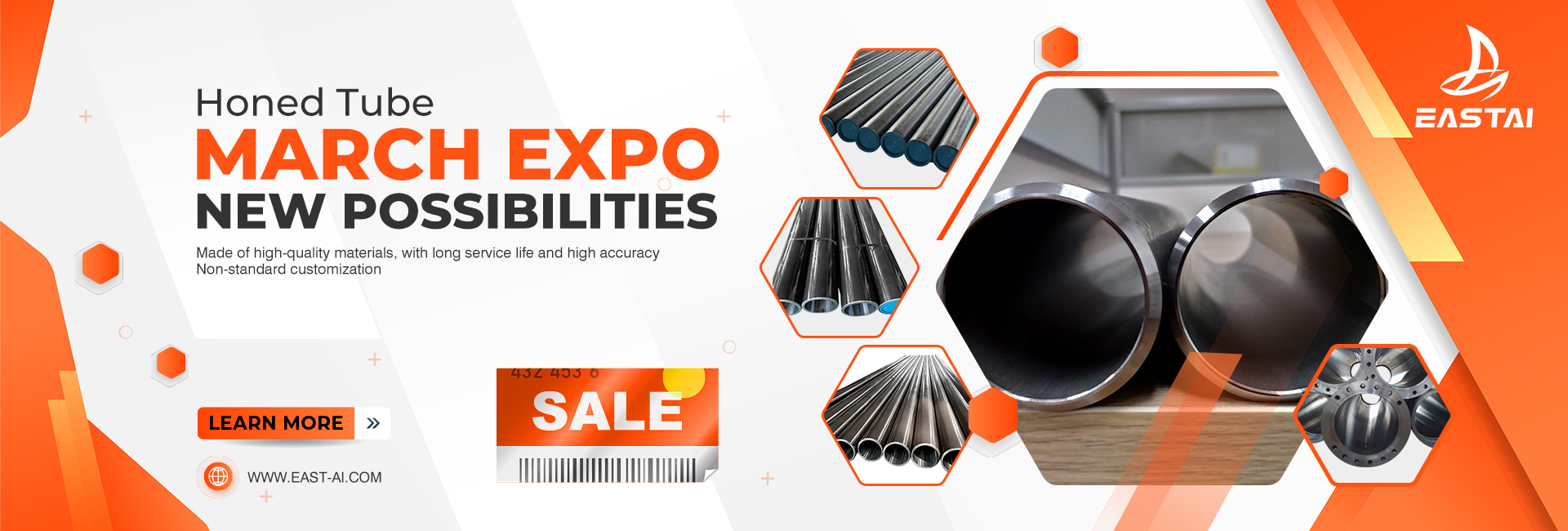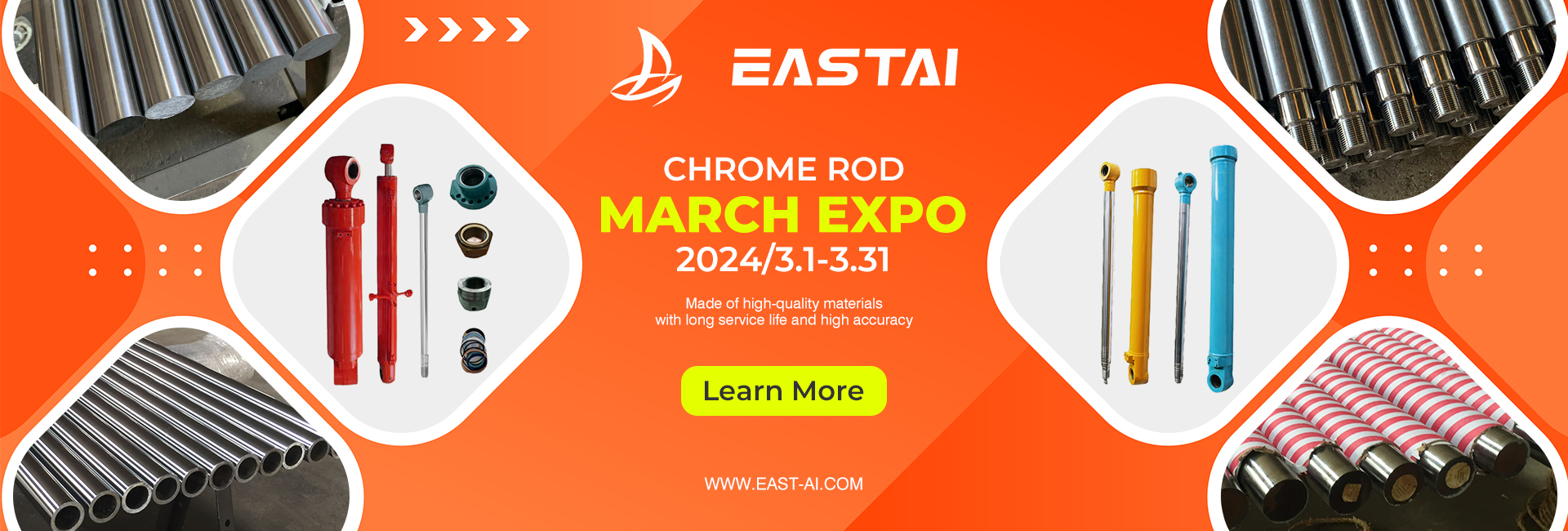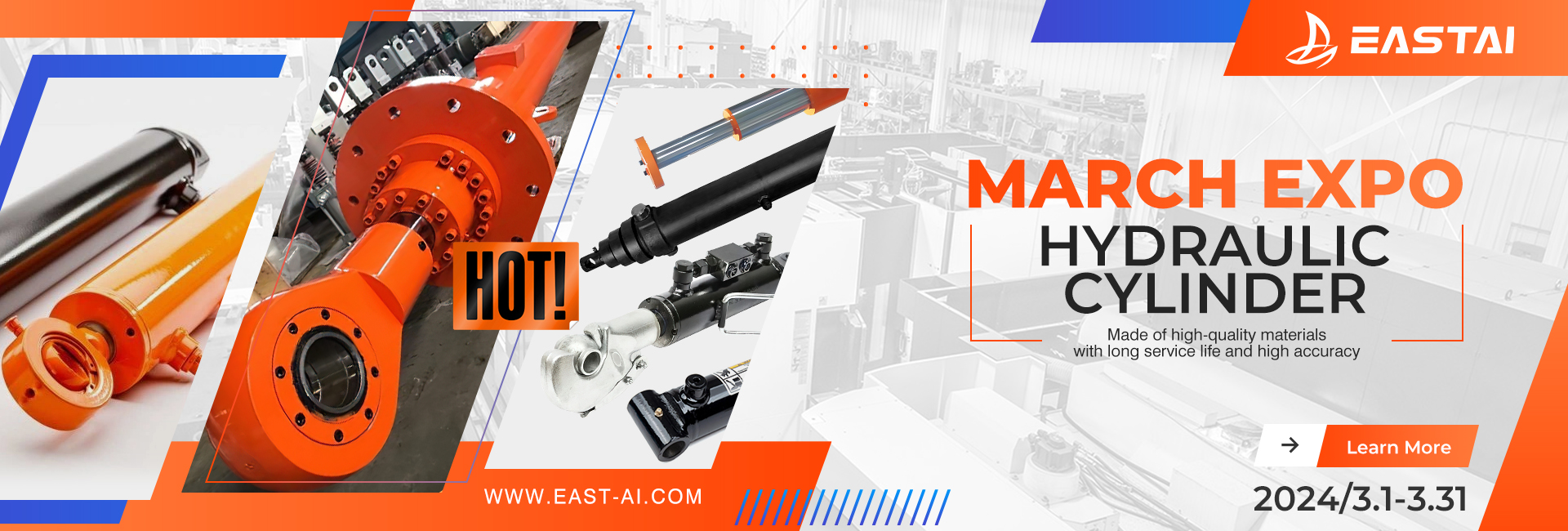When you think of hydraulic pumps, you envision the driving force behind heavy machinery and complex systems. These powerful devices are essential in various applications, providing the necessary force to lift, move, and power a wide array of equipment. In this article, we will delve into the world of 3000 Psi hydraulic pumps, exploring their working principles, features, applications, and future trends. So let’s dive in and uncover the hydraulic power that drives modern industries.
Introduction
What is a 3000 Psi Hydraulic Pump? At its core, a hydraulic pump is a mechanical device that converts mechanical power into hydraulic energy. A 3000 Psi hydraulic pump is specifically designed to handle high-pressure applications, providing a formidable force of 3000 pounds per square inch (Psi). This immense pressure capacity makes these pumps indispensable in various industries, from construction to automotive.
Importance of Hydraulic Pumps Hydraulic pumps form the backbone of modern machinery and systems, enabling the smooth and efficient movement of heavy loads. Their ability to generate significant force with minimal effort makes them a crucial component in a wide range of applications, from manufacturing to aviation.
Purpose and Applications of 3000 Psi Pumps The primary purpose of a 3000 Psi hydraulic pump is to lift and move heavy objects, making it invaluable in heavy machinery and industrial settings. These pumps find applications in hydraulic presses, excavators, forklifts, and more. Moreover, they are instrumental in power steering systems and hydraulic brakes in automobiles, enhancing safety and control.
How It Works
Working Principle of a Hydraulic Pump The functioning of a hydraulic pump is based on Pascal’s law, which states that any change in pressure applied to a confined fluid will be transmitted undiminished throughout the fluid. In simple terms, when force is applied to one end of the pump, the hydraulic fluid transfers that force to the other end, generating pressure.
Components and Functionality A typical 3000 Psi hydraulic pump comprises several key components, including an inlet and outlet ports, pistons, gears, or vanes. As the pump operates, the hydraulic fluid enters the pump through the inlet port and is forced out through the outlet port, creating the desired pressure and flow.
Types of Pumps
Piston Pumps Piston pumps are one of the most common types of hydraulic pumps. They use reciprocating pistons to move the hydraulic fluid, producing a smooth and steady flow. They are known for their efficiency and high-pressure capabilities, making them ideal for heavy-duty applications.
Gear Pumps Gear pumps utilize meshing gears to transfer fluid from the inlet to the outlet. While they are simple in design, they are reliable and cost-effective. However, they may produce more vibrations and noise compared to other pump types.
Vane Pumps Vane pumps operate using a rotor with sliding vanes that generate pressure as they slide in and out. These pumps are versatile and suitable for low to medium pressure applications, offering smooth and consistent performance.
Features
High Pressure Capability The standout feature of a 3000 Psi hydraulic pump is its ability to handle high-pressure requirements. This makes it suitable for heavy lifting and pressing applications, where substantial force is necessary.
Efficiency and Performance These pumps are designed to be efficient, converting mechanical energy into hydraulic energy with minimal energy loss. Their performance ensures smooth operation and reliable functionality.
Durability and Longevity Manufactured with robust materials and precision engineering, 3000 Psi hydraulic pumps are built to withstand demanding conditions. Their durability ensures a long lifespan and reduces the need for frequent replacements or repairs.
Applications
Industrial Uses In industrial settings, 3000 Psi hydraulic pumps power machinery like presses, lifts, and manufacturing equipment. They provide the muscle required for metal forming, plastic molding, and a host of other critical processes.
Construction and Heavy Machinery The construction industry relies heavily on hydraulic pumps to operate cranes, excavators, loaders, and other heavy machinery. The power and precision of these pumps aid in digging, lifting, and moving large volumes of earth and materials.
Automotive Applications In the automotive world, hydraulic pumps play a crucial role in power steering and braking systems. Their ability to control fluid pressure allows for effortless steering and safe braking, enhancing vehicle control and safety.
Maintenance
Regular Inspection and Servicing To ensure optimal performance and longevity, regular maintenance is essential. Inspections and servicing should be performed at recommended intervals to identify and address any potential issues.
Common Issues and Troubleshooting Some common problems with hydraulic pumps include fluid leaks, reduced performance, and excessive noise. Troubleshooting these issues promptly can prevent further damage and downtime.
Best Practices for Extending Lifespan Proper use and care can significantly extend the lifespan of a 3000 Psi hydraulic pump. Following best practices such as using the right hydraulic fluid, avoiding overloading, and keeping the system clean will help in achieving optimal performance.
Benefits
Increased Productivity By providing significant force and power, 3000 Psi hydraulic pumps enhance productivity in various industries. They expedite processes, reducing the time and effort required to accomplish tasks.
Energy Efficiency Hydraulic systems are known for their energy efficiency compared to other mechanical systems. The hydraulic pumps’ ability to convert mechanical energy to hydraulic energy with minimal waste contributes to energy savings.
Reduced Environmental Impact The energy efficiency of hydraulic pumps translates to lower fuel consumption, which results in reduced greenhouse gas emissions. This environmental benefit aligns with the growing emphasis on sustainable practices.
Future Trends
Advancements in Hydraulic Pump Technology As technology evolves, hydraulic pump designs are continuously improving to deliver higher performance, efficiency, and precision. Advancements in materials, engineering, and digital control systems are pushing the boundaries of what these pumps can achieve.
Integration of IoT and Automation The future of hydraulic pumps involves integrating Internet of Things (IoT) capabilities and automation. Smart pumps with sensors will allow real-time monitoring and data analysis, enabling predictive maintenance and improved efficiency.
Environmental Considerations Manufacturers are increasingly focusing on developing environmentally friendly hydraulic fluids and pump designs to reduce the ecological impact further. As environmental awareness grows, the demand for eco-friendly hydraulic solutions will drive research and innovation in this field.
Conclusion
The 3000 Psi hydraulic pump stands tall as a powerful force behind the industries that shape our world. With its ability to handle high-pressure applications, efficient functionality, and durability, it has become an indispensable tool in various sectors, from construction to automotive. As technology advances, we can expect even greater feats from hydraulic pump designs, incorporating IoT, automation, and sustainable practices.
These hydraulic workhorses not only enhance productivity but also contribute to energy efficiency and reduced environmental impact. As we embrace the future of hydraulic pump technology, it’s crucial to prioritize regular maintenance and adopt best practices to ensure their longevity and optimal performance.
Post time: Jul-31-2023




